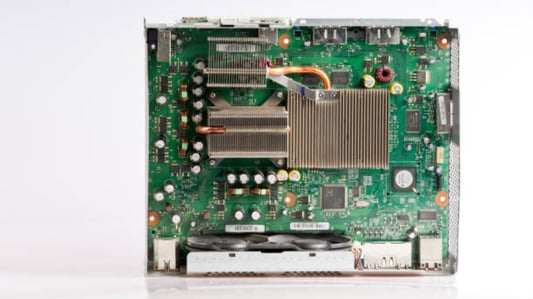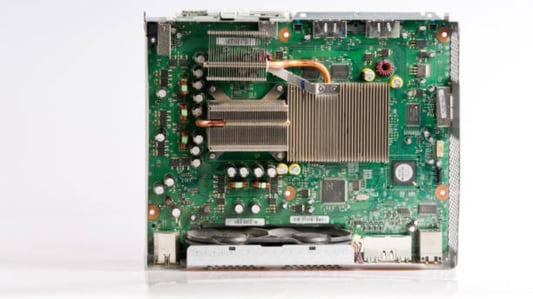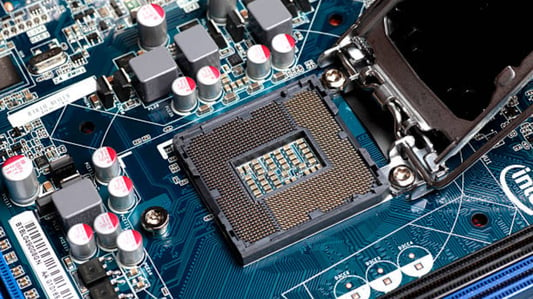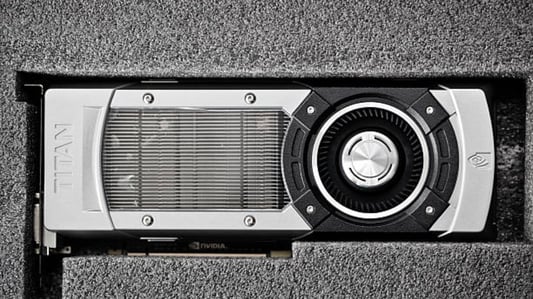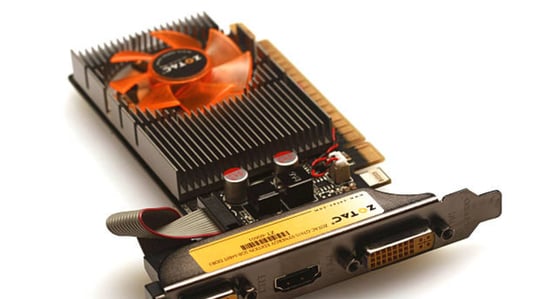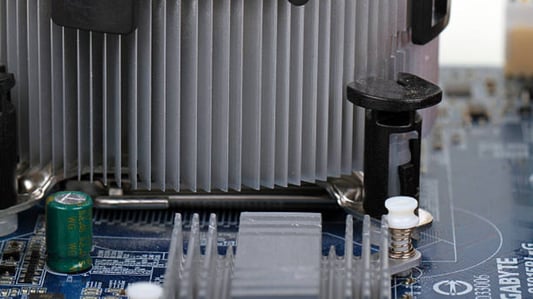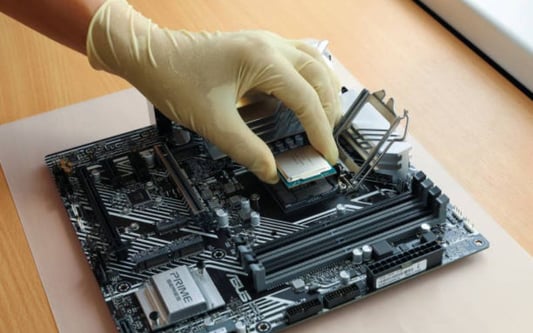Enhanced Heat DissipationWhen a heat sink is painted black, it absorbs more heat from the surroundings, allowing for better heat dissipation.Improved Heat Transfer EfficiencyThe black color helps the heat sink in radiating heat more efficiently, leading to better overall performance.Reduced Thermal ResistanceBlack heat sinks have lower thermal resistance compared to other colors, resulting in more effective heat dissipation.Enhanced AestheticsBlack heat sinks give a sleek and professional look to electronic devices, making them visually appealing.Increased DurabilityThe black coating on a heat sink can provide added protection against corrosion and wear, increasing the lifespan of the device.Enhanced Performance in Extreme ConditionsBlack heat sinks are better equipped to handle high temperatures and harsh environments, ensuring optimal performance.Optimal for Passive Cooling SystemsIn passive cooling systems, black heat sinks are ideal for absorbing and dissipating heat without the need for additional mechanisms.Compatibility with Various ApplicationsThe black color of heat sinks makes them suitable for a wide range of electronic devices and systems, offering versatility in application.Energy EfficiencyBlack heat sinks can contribute to energy efficiency by improving thermal management, leading to reduced energy consumption.Cost-Effective SolutionChoosing black heat sinks can be a cost-effective solution for enhancing heat dissipation and prolonging the life of electronic components.Quote InquiryContact us!



